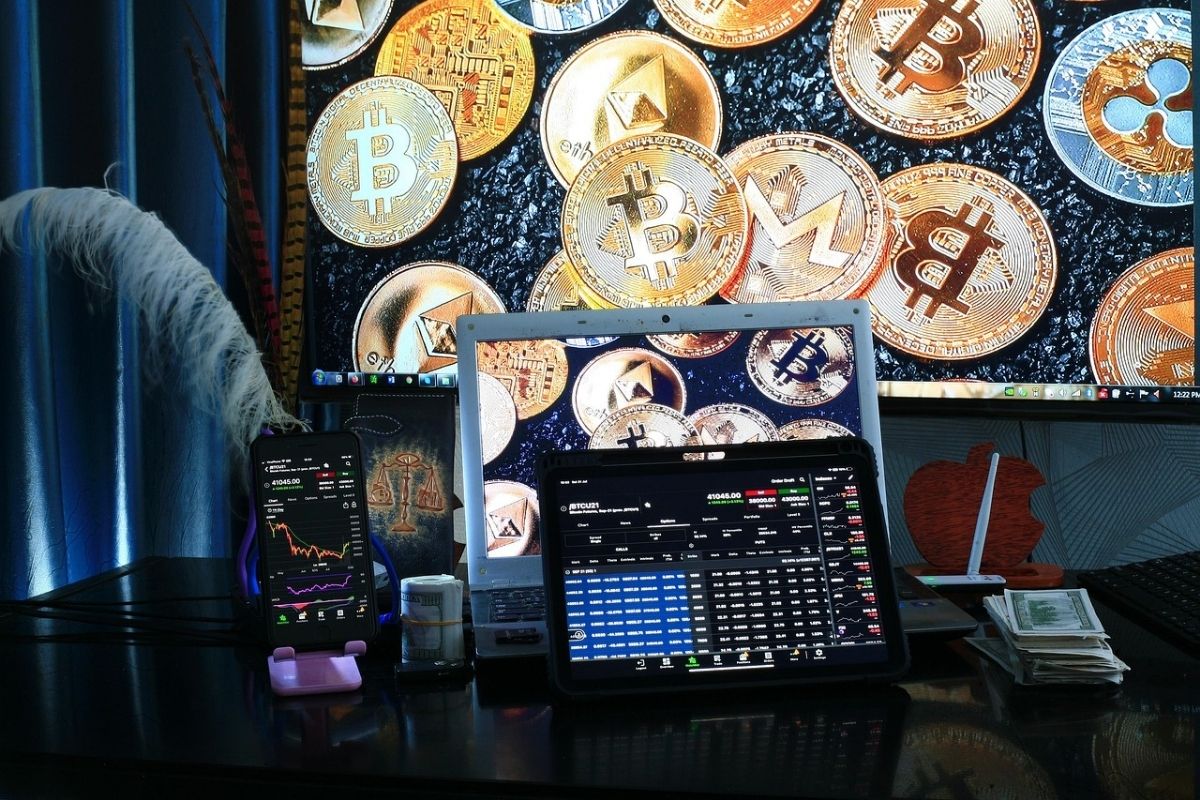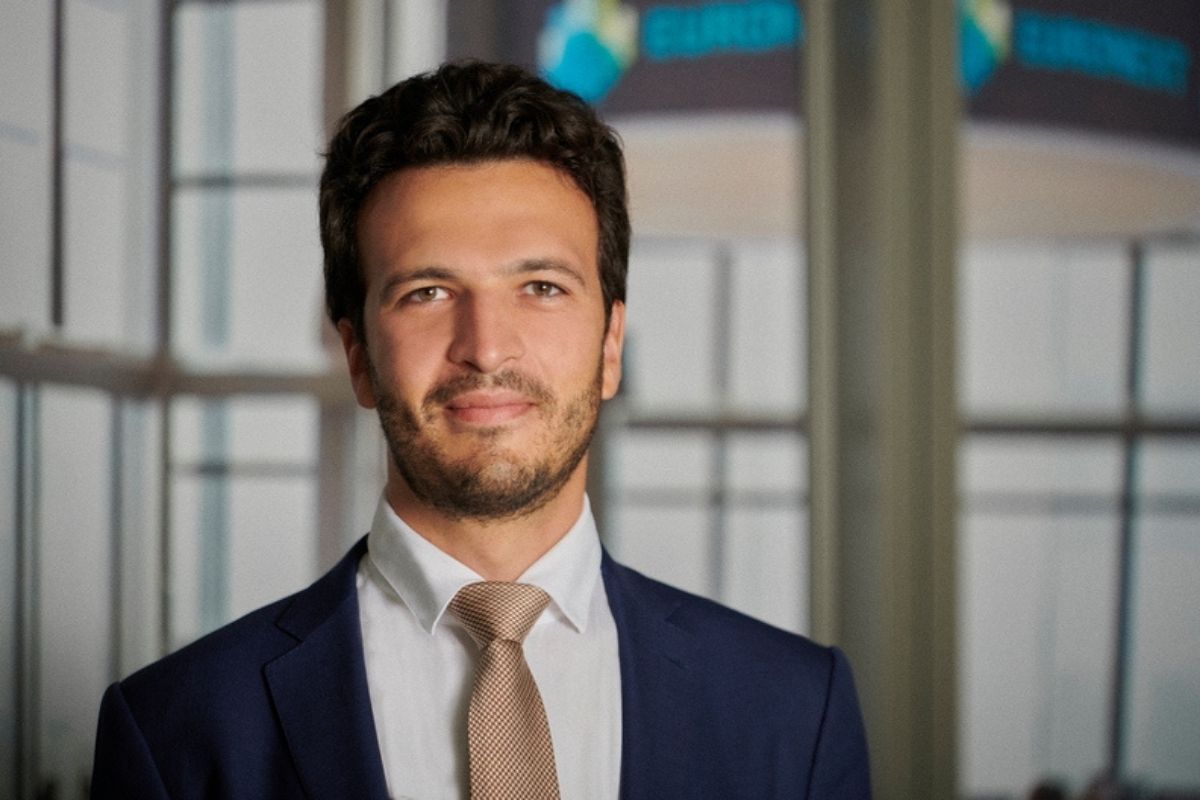After liberation day, we saw a sharp market correction and a wave of new ETFs with more balanced weighting and improved exposure to certain U.S. stocks and this is because, in the opinion of Sefian Kasem, Global Head of ETF & Indexing Investments Specialists at HSBC AM, the appeal of ETFs lies precisely in their dynamic nature—ideal for these times of uncertainty. We spoke with him about the role of these vehicles in portfolios and about the ETF phenomenon in our latest interview.
How is all this market instability and uncertainty affecting the creation of new ETF products and strategies?
They can be used to quickly increase or decrease risk by investors or to gain access to specific markets or strategies. There is now much more innovation. Active ETFs, for example, offer investors access to asset classes for those seeking the beta of a specific market with an additional alpha component and low tracking error. As markets become increasingly volatile and fragmented, we are more frequently seeing tactical adjustments within portfolios. The great flexibility they provide is precisely what is driving much of the current innovation in the sector, by incorporating new strategies that allow investors to access different sources of risk and return. In the realm of traditional ETFs, concern about concentration in certain stocks within U.S. benchmark indices has also driven innovation around capping methodologies (such as equal weighting) to mitigate concentration risk in the indices.
In this regard, where are ETFs and index strategies heading? How is innovation achieved in this part of the business?
The major shift has been the transition toward increasingly offering exposure to asset classes and access to specific investment strategies. Within the ETF space, you now have the opportunity to invest in strategies that use active stock selection from a bottom-up perspective, whether in a discretionary sense or in a quantitative and systematic sense, where a rule-based methodology is used for stock selection—as is the case with our active ETF range. We’ve spoken in terms of investment strategies, but we also need to consider the evolution of product features, as it is increasingly common for traditional index funds to provide access to strategies through the launch of ETF share classes that operate under the same umbrella. ETF issuers are showing dynamism in this regard, and we are increasingly seeing these hybrid structures in the market, which allow investors to access specific markets or strategies in the usual way through index funds, while also offering access to investors who wish to invest in ETFs, perhaps with a shorter time horizon. They can do this because there is a class that is an ETF, and it is available alongside the traditional non-listed share classes. In short, we are seeing ETF product providers increasingly offer market access to a broader range of asset classes and strategies through more innovative methods.
In the ETF market, we’re seeing strong growth in active ETFs in Europe, but in the U.S., this market is already more developed. What can the European industry learn from how the active ETF segment has grown in the U.S.?
I believe the key lesson from the U.S. experience is the innovation and infrastructure that have been developed there. Historically, they have been pioneers in the creation and growth of the ETF market, including the variety of asset classes offered and the strategies embedded within the structures. The U.S. has gone through a trial phase that proves active investment strategies can be successfully integrated within an ETF. This shows there is enormous potential for growth in Europe, but that doesn’t necessarily mean the same types of strategies will appeal to European investors in the same way they do to Americans. The needs of European investors are different, due to the nature of the investor base. Europe will naturally develop its own range of products demanded by clients, depending on their needs at any given time and tailored to the different jurisdictions.
Considering that active ETFs in the U.S. enjoy a number of advantages not present in Europe, what growth prospects do you see for the active ETF market in Europe? What opportunities could this offer asset managers and, in particular, your firm?
From the U.S. perspective, there are some advantages in that sense, such as a regulatory framework that is a bit more open to innovation, but I believe that mindset is changing in Europe. There is increasing innovation happening in Europe, so there is plenty of room for ETF issuers to develop products that are relevant to their target market. We fully understand that certain concepts are especially relevant to the European public, such as capital-protected solutions, sustainable investing, etc. The creation of products that meet the needs of European investors is something that will likely accelerate from now on, so there may be some divergence from the U.S. as more local innovation takes place. In many respects, I believe much of the innovation is transferable, so we will see many concepts that have taken root in the U.S.—for example, options-based ETFs, such as buffer ETFs, and other types of structured solutions—gradually become more prevalent in Europe.
In which other markets do you see growth potential for the ETF business, both traditional and active?
There is enormous potential for ETFs to become tools used for asset allocation across a wide variety of jurisdictions, in both developed and emerging markets, given how easily they can be used to build and manage portfolios. And this is not only for short-term investors looking for quick access to liquid markets, but also for long-term investors building strategic asset allocations with a 10- to 15-year investment horizon. ETFs can offer them access to different sources of risk premia in both public and private markets, as well as sectoral, factor-based, and thematic strategies. ETFs are becoming a much more important part of portfolios not only in the U.S. and Europe, but also in other jurisdictions—emerging markets, the Far East, the Middle East, Latin America, etc. They are highly relevant tools being used by virtually all types of investors.
HSBC Asset Management has strengthened its presence in the ETF business in recent years. What role do these vehicles play within the firm’s overall strategy?
They play a very important role, as our passive and quantitative equity business is under the same investment leadership (CIO), which greatly helps from an innovation standpoint. In that sense, there is a lot of collaboration and knowledge transfer between the two. The active ETF strategies we’ve launched in the market are considered a natural complement to the range of traditional ETF investment strategies we offer to investors. We will continue to innovate and explore how to use the ETF structure to provide investors with access to selected asset class exposures and strategies—and we have a few more surprises in store for them this year.




